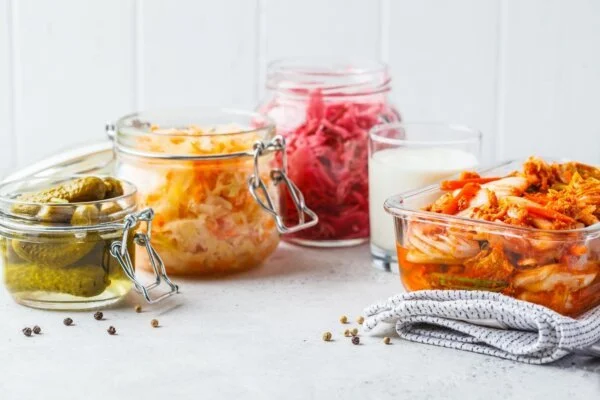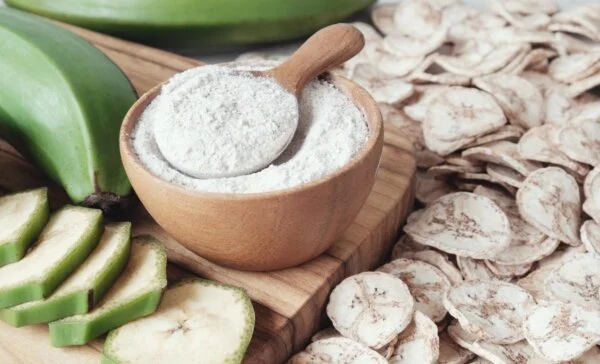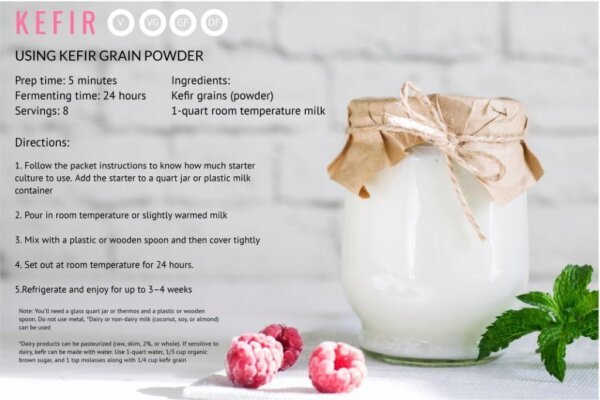Probiotics Vs Prebiotics
“The road to health
is paved with
good intestines”
Sherry A. Rogers
‘Trust your gut’ and ‘go with your gut feeling’ are common phrases in the English language – but why is it that we rarely hear or say ‘nourish your gut’?
According to recent studies, the modern lifestyle of the West is causing the ecosystem of good bacteria (known as microbiome) in the human gastrointestinal (GI) tract to diminish, and diet is a major contributing factor.
This ‘digestive disease epidemic’ is characterised by a decline in fiber and micronutrients, an increase in glycemic load (blood glucose levels), and changes in fatty acid composition and cell membrane integrity.
These changes are leading to an increase in chronic health conditions, such as irritable bowel syndrome (IBS), inflammatory bowel disease (IBD), liver disease, GI cancers, gluten-related disorders, stress, sleep deprivation, and depression.
How might we combat this epidemic, you ask?
Two words: Probiotics and Prebiotics – the glorious, gut-healing microorganisms that are key to restoring balance to our internal ecosystems and regulating our immunity.
Probiotics
Probiotics are strains of live ’good bacteria’ that grow naturally in food through the process of fermentation, and are also produced in supplement form to target specific health conditions.
Making themselves at home in the gut, these microscopic toxin-fighters aid in digestion, metabolism, oral health, hormone regulation, cancer protection, and detoxification.
Not to mention, they reduce the incidence of obesity, diabetes, IBS, urinary tract infections, kidney stones, and the common cold.
Put simply, they’re multitalented microorganisms!
Probiotic-rich foods include beer, buttermilk, kefir, essene bread, fermented vegetables, kombucha, miso, natto, olvies, pulque, saurkraut, sourdough, and tempeh.
Prebiotics
Prebiotics are indigestible fibers that are present in a variety of organic foods. They feed and nourish good gut bacteria (probiotics) and are critical to maintaining a balanced gut.
Due to their resistance to gastric acidity, prebiotics can be absorbed directly into the intestinal wall, where they are broken down into short-chain fatty acids (SCFAs) which promote healthy gut lining, boost immunity, reduce inflammation, and enhance nutrient absorption.
Prebiotic-rich foods include asparagus, avocado, banana, burdock root, chicory, cottage cheese, eggplant, fruit, garlic, green tea, honey, kefir, legumes, onions, peas, soybeans, and yoghurt.
“If probiotics were
flowers in a garden,
prebiotics would be the soil
the flowers thrive in”
Sanitarium
Together, probiotics and prebiotics are the unsung heroes of holistic health – they play a vital role in promoting gut balance, with many other areas of our physical and mental wellbeing reaping the flow-on benefits.
Are you already keen (as a soybean) to get started on your good gut health journey? Why not try this recipe for kefir – it’s super easy to prep, has a short fermentation time, and can be enjoyed for up to a month! Feel free to send us photos of your process and finished product – we’d love to see how you get on!
References:
Swift, K. M. (2012). Heal digestive distress: A holistic approach [PDF]. Retrieved 10 February, 2020.
Lipski, L. (2014). Restore the gut microbiome with probiotics and prebiotics [PDF]. Retrieved 10 February, 2020.
Integrative Nutrition. (2018). Cultured and fermented food recipes [PDF]. Retrieved 10 February, 2020.




